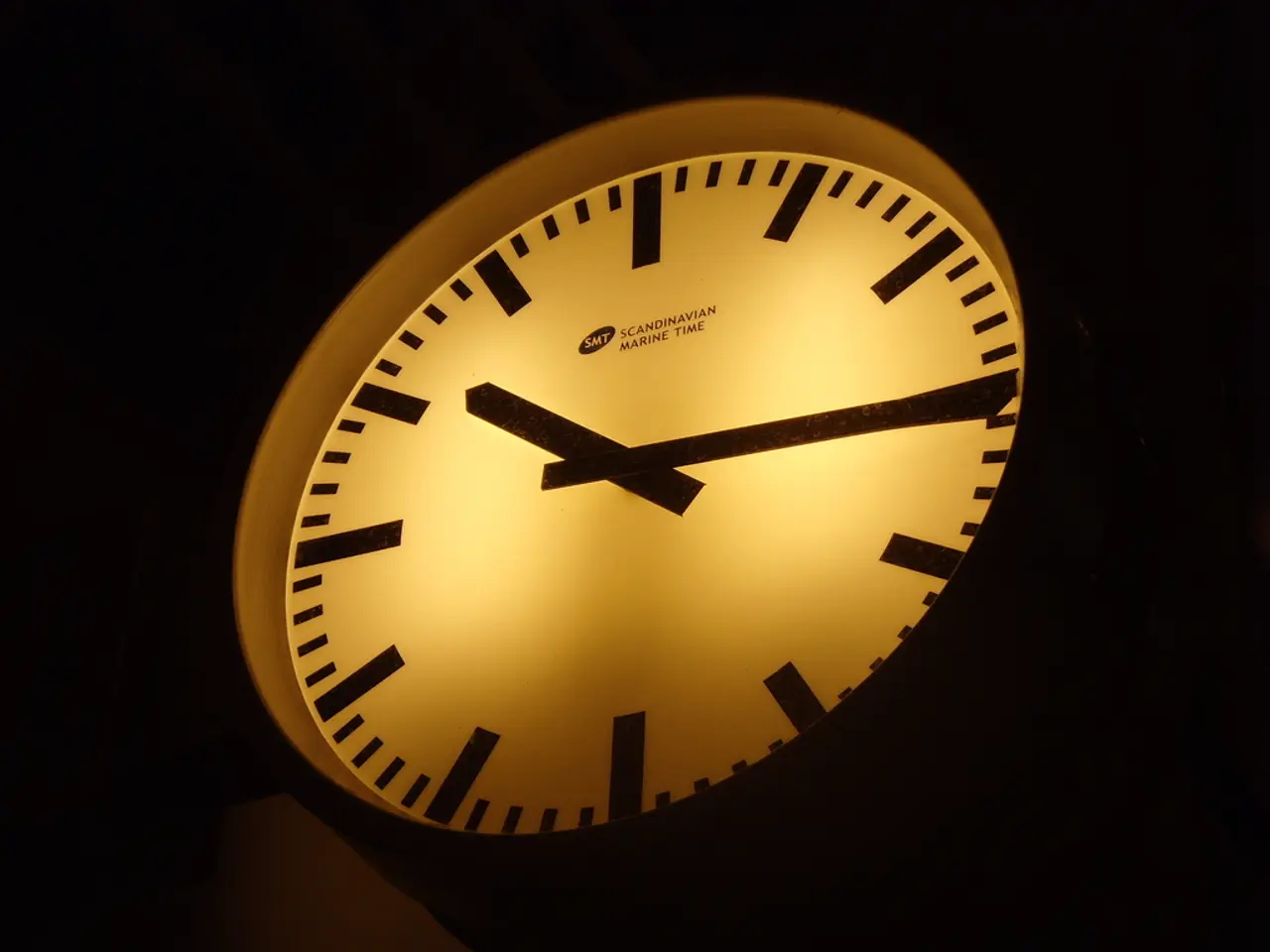Light Therapy's Antidepressant Mechanism Unveiled in Groundbreaking Study
A groundbreaking study published in PLOS Genetics on July 8th, 2021, has shed new light on the mechanisms behind red light therapy's antidepressant effects. Led by Urs Albrecht at the University of Fribourg, the research found that a specific gene in the brain's lateral habenula plays a crucial role in this process.
Previous studies had shown that red light therapy, particularly in the early morning, is effective in treating seasonal affective disorder (SAD). However, the exact mechanism behind this remained unclear until now. Dr. Zhuohua Zhang and colleagues discovered that exposing mice to a pulse of red light two hours before daytime activated the circadian clock gene Period1 in the lateral habenula, a part of the brain involved in mood and sleep-wake cycles. This activation, in turn, had an antidepressant effect on the animals.
The study, funded by the Velux Foundation and the Swiss National Science Foundation, provides a significant breakthrough in understanding how red light therapy works. It suggests that similar mechanisms may be at play in humans with SAD, offering new avenues for targeted treatments.
The research, published in PLOS Genetics, demonstrates that the activation of the Period1 gene in the lateral habenula is key to red light therapy's antidepressant effects. These findings could revolutionize the treatment of SAD and other mood disorders, potentially leading to more personalized and effective therapies.




